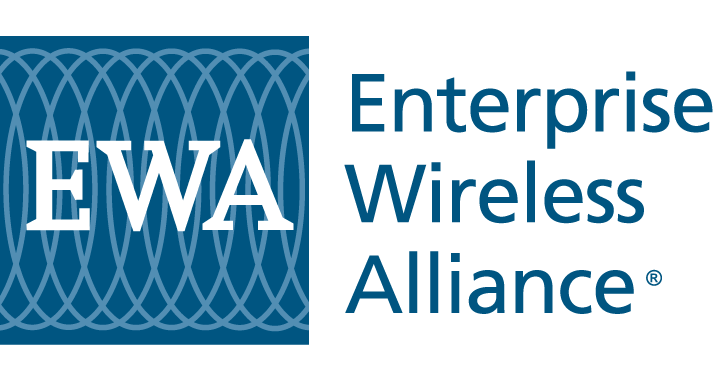Best Practices for Vehicular Repeaters?
EWA was being a bit too reserved when it stated in November 2011 FCC comments that “the frequency selection process has historically proven to be a rather cumbersome exercise” for those public safety licensees who seek to deploy Vehicular Repeater Service (VRS) units. Rather cumbersome? It’s easier to plan a successful mission to land humans on Pluto and have them return safe and sound. Based on recent experiences, EWA will no longer advise wireless sales organizations and their public safety customers that securing VHF channels with the appropriate frequency spacing, as required as a result of Pyramid Communication’s product design, may be readily accomplished. In fact, it’s a tortuous process requiring more time than anyone should have to endure, and the potential fees leave customers scratching their heads asking themselves “what am I paying for and why?” We agree with Pyramid that specific 170 MHz frequencies should be set aside for this application, and EWA suggested to the Commission that a number of 173 MHz channels currently reserved for fixed, non-voice use operations by business enterprises and public safety entities should be made available for this application. We know better than to suggest the use of 170 MHz channels that have been set aside for wild fire suppression activities.
So until we have a decision from the FCC, we will advise our public safety customers that vehicular repeaters as designed today require significant separation between the paired transmit and receive channels. The initial frequency coordination effort must be conducted by a public safety frequency advisory committee. In the majority of instances, there will not be public safety spectrum available for the application. In that event, the public safety applicant in collaboration with their public safety frequency advisory committee must then seek Industrial/Business spectrum (this is the part about returning safely from Pluto) attesting that there is no public safety spectrum available. This must be certified and a waiver must be prepared and filed with the FCC that will permit public safety use of Industrial/Business spectrum. A couple of these waivers are still, after three years or so, waiting for the FCC to make a decision.
Best practices? EWA is pleased to assist and provide guidance, but there is no guarantee of a safe landing.
